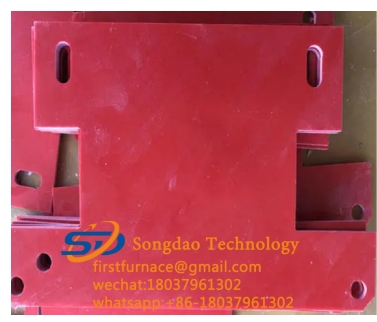- 15
- Apr
Three classifications of insulating materials
Three classifications of insulating materials
At present, the commonly used insulating materials are divided into three categories: (1) Inorganic insulating materials: mica, porcelain, asbestos, marble, glass, sulfur, etc. Used for winding insulation of motors and electrical appliances, switch base plates and insulators, etc. ⑵Organic insulating materials: rubber, resin, shellac, cotton yarn paper, hemp, silk, rayon tube, etc. For the manufacture of insulating varnish, outer insulation of winding wires, etc. (3) Hybrid insulating material: a molded insulating material processed from two insulating materials. Bases, shells, etc. for electrical appliances.
Organic insulating materials can be divided into the following categories: 1. Resin Resins are divided into natural resins and synthetic resins. Synthetic resins include thermoplastic resins and thermosetting resins.
2. Plastic Plastic is a powder, granular or fibrous polymer material prepared by adding synthetic resin as the main raw material and adding fillers and various additives. It can be molded under certain temperature and pressure conditions. Plastic is light in weight, excellent in electrical properties, has sufficient hardness and mechanical strength, and is easy to be processed by molds, so it is widely used in electrical equipment.
- Insulating adhesives Insulating adhesives are a class of substances with easy-to-bond properties, which can partially replace mechanical connections such as welding, riveting and screws. According to their properties, glue curing agents are generally divided into thermosetting resin teaching agents, thermoplastic resin teaching agents, rubber glue torture, special glue easy agents, etc.

